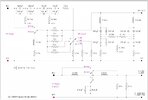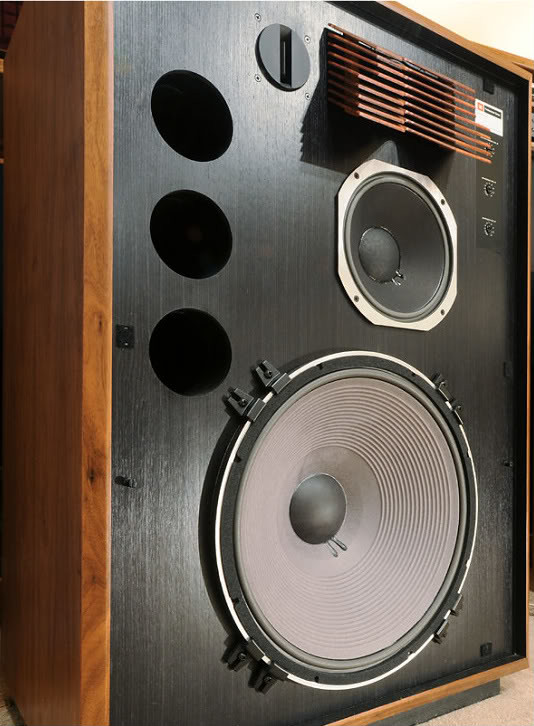This weekend I tried a charge coupled capacitor arrangement for the big capacitor in the Altec series style crossover.
I’m pretty impressed. If I were to try to describe the sound, it’s like doubling your amplifier wattage. Just clean, articulate.
Maybe because I wasn’t using a great capacitor there in the first place? I don’t know. Haven’t swapped the others because I’ve got nice KBG PIO’s there.
Apparently, JBL uses this trick in their high end speakers….it’s putting two caps in series with a dc bias on the center between them.
Wondering if anyone else has tried it.
I’m pretty impressed. If I were to try to describe the sound, it’s like doubling your amplifier wattage. Just clean, articulate.
Maybe because I wasn’t using a great capacitor there in the first place? I don’t know. Haven’t swapped the others because I’ve got nice KBG PIO’s there.
Apparently, JBL uses this trick in their high end speakers….it’s putting two caps in series with a dc bias on the center between them.
Wondering if anyone else has tried it.



